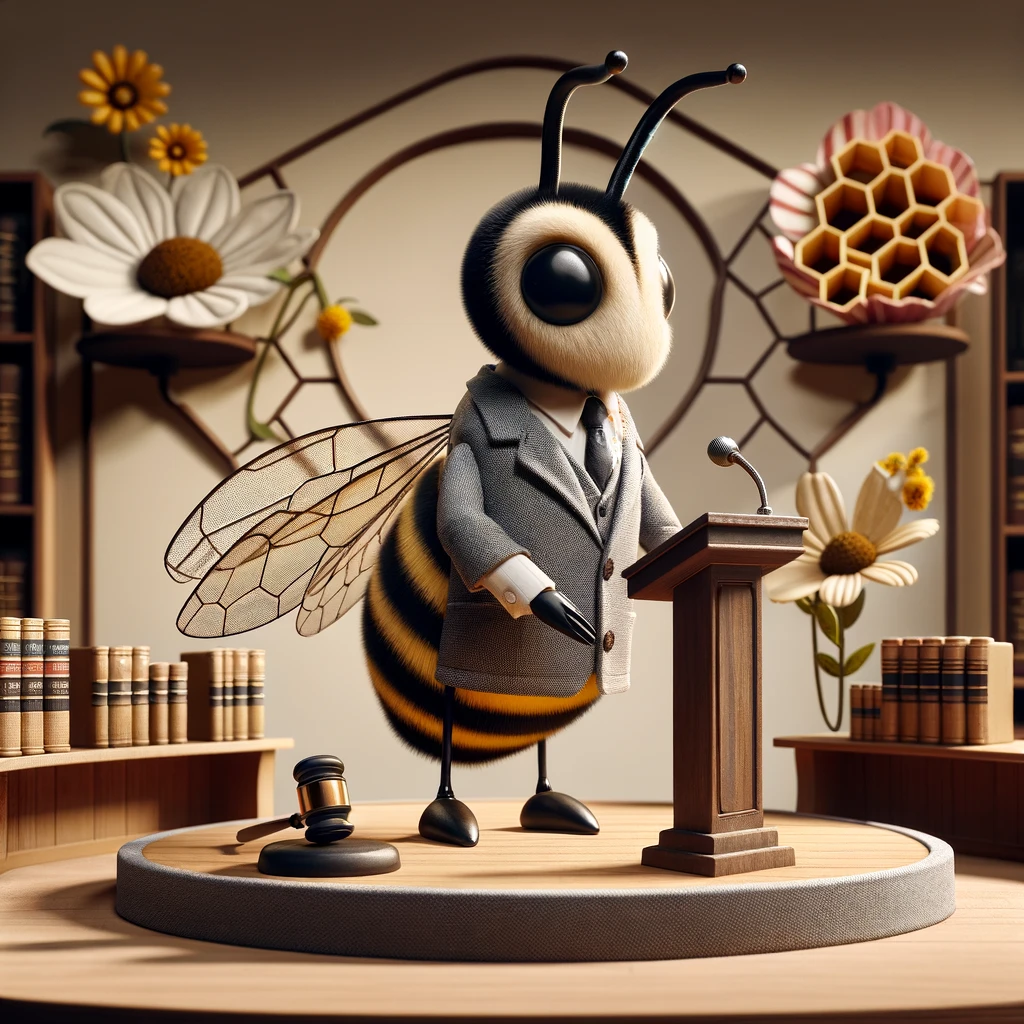Discovering a bee colony nesting on your property can be a distressing situation, raising concerns about safety and potential property damage. While the natural inclination might be to take matters into your own hands, bee removal is a complex process with important legal and ethical considerations. Understanding these aspects is crucial for homeowners seeking to resolve bee infestations responsibly.

One of the primary legal considerations surrounding bee removal involves local ordinances and regulations. Many municipalities have specific laws regarding pest control, including the removal of bees. These regulations often prioritize public safety and environmental protection. Some jurisdictions may require homeowners to hire licensed professionals for bee removal, especially if pesticides are involved. This ensures that the process is carried out safely and effectively, minimizing risks to people, pets, and the surrounding environment.
Furthermore, certain areas may have protections in place for specific bee species, particularly native pollinators. These protections may prohibit the killing of certain bee species or require specific methods for relocating colonies rather than exterminating them. Homeowners should familiarize themselves with local regulations to ensure they are complying with all applicable laws.
Beyond local ordinances, homeowners have a general responsibility to act reasonably in addressing bee infestations. This includes taking appropriate steps to prevent harm to others. If a homeowner is aware of a bee colony on their property and fails to take reasonable action to address the issue, they could potentially be held liable if someone is stung and suffers injuries. This principle is based on the legal concept of negligence, which holds individuals responsible for foreseeable harm that they could have prevented.
Choosing the right approach to bee removal is crucial not only from a legal standpoint but also from an ethical and environmental perspective. While extermination might seem like the quickest solution, it is often not the most desirable option. Killing bees can have negative impacts on local ecosystems, as bees play a vital role in pollination. Whenever possible, relocating the colony is a more humane and environmentally responsible approach. This often involves hiring a beekeeper or bee removal specialist who can safely transfer the colony to a new location, such as a bee farm or apiary.
When hiring a professional for bee removal, homeowners should ensure that the company is properly licensed and insured. This protects the homeowner from liability in case of accidents or damage during the removal process. It is also important to discuss the removal methods with the professional and ensure that they are using safe and ethical practices.
The legal side of bee removal encompasses a range of considerations, from local ordinances to homeowner responsibilities. By understanding these aspects and taking appropriate action, homeowners can address bee infestations safely, legally, and responsibly, minimizing risks to themselves, their neighbors, and the vital role that bees play in our environment.